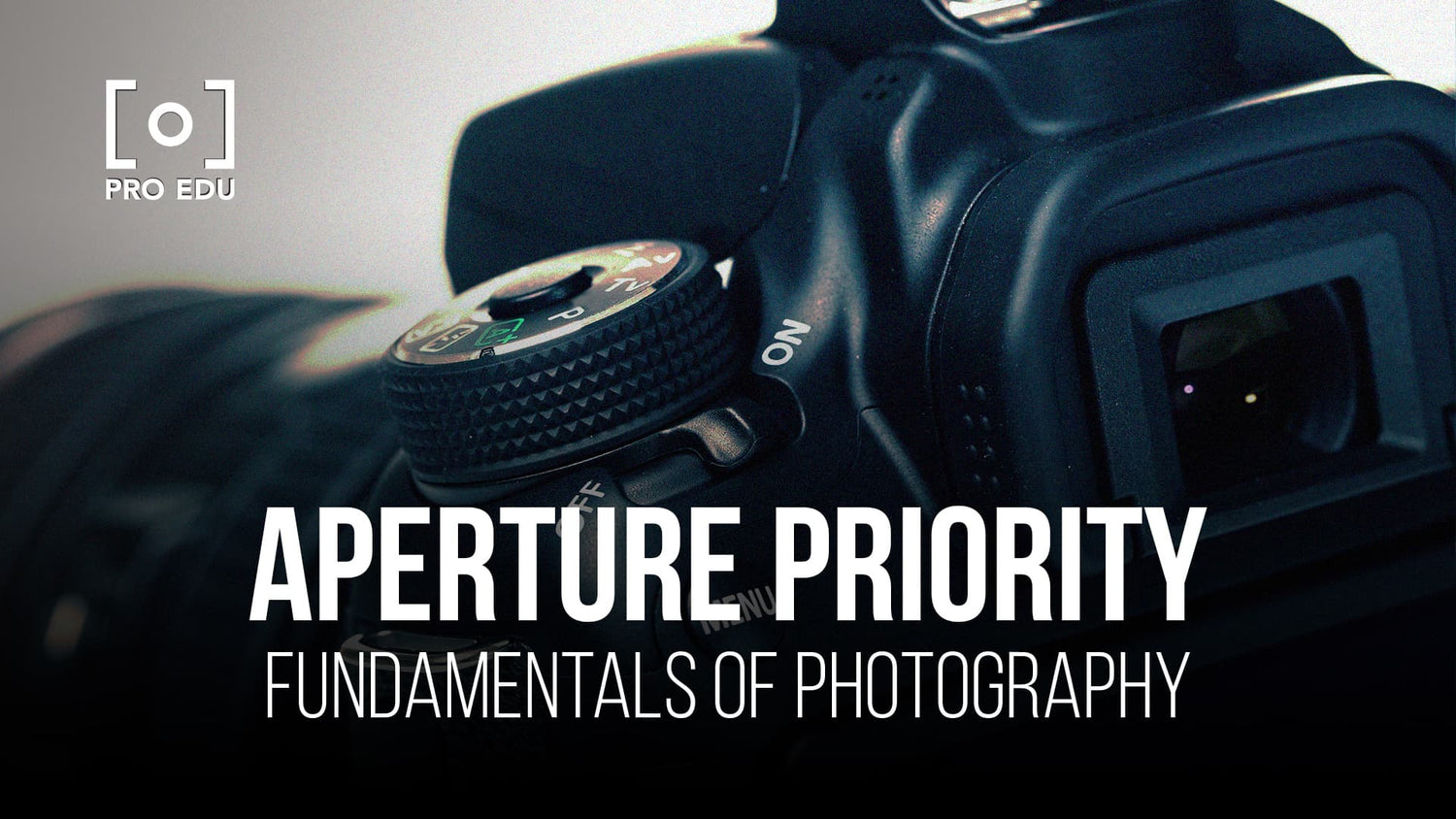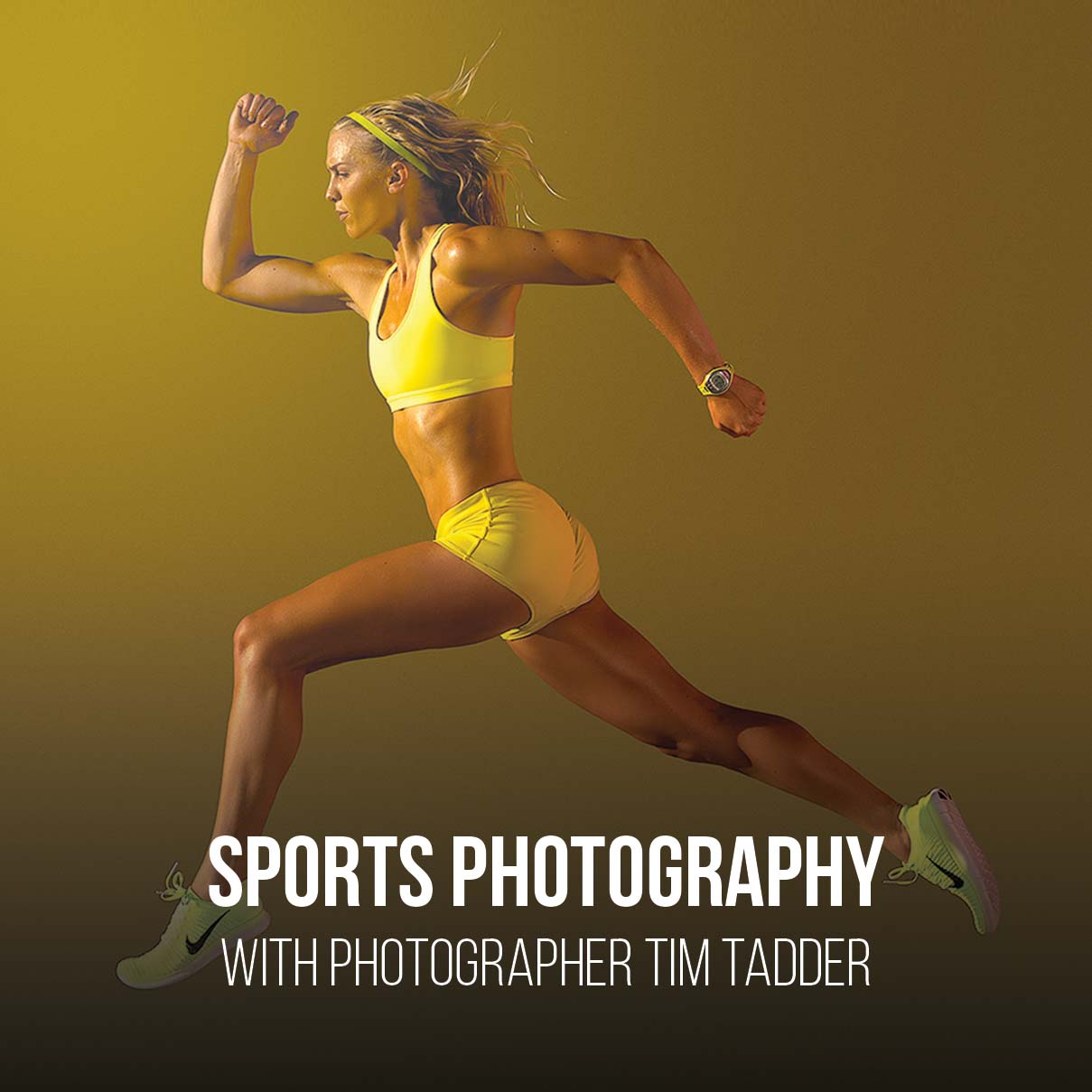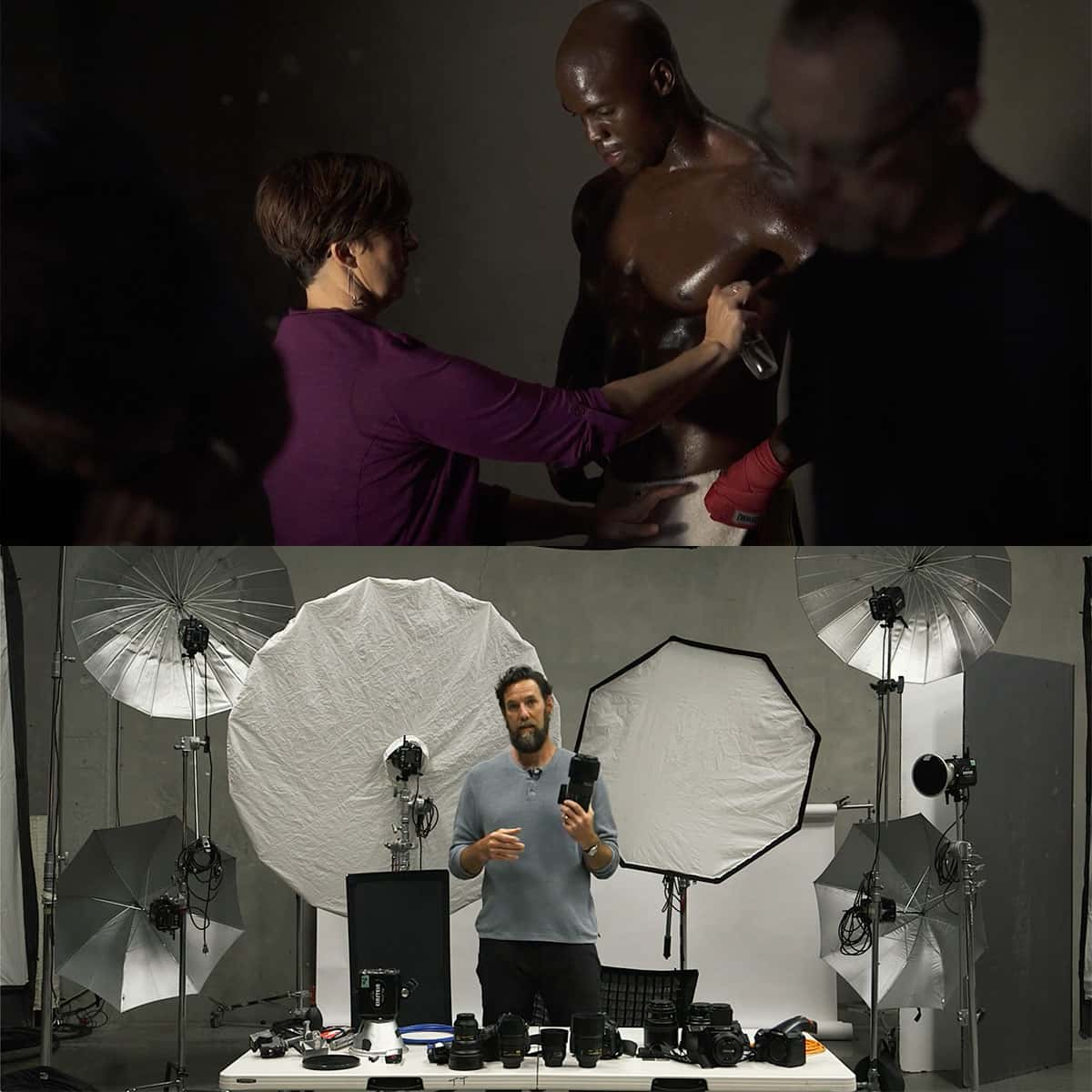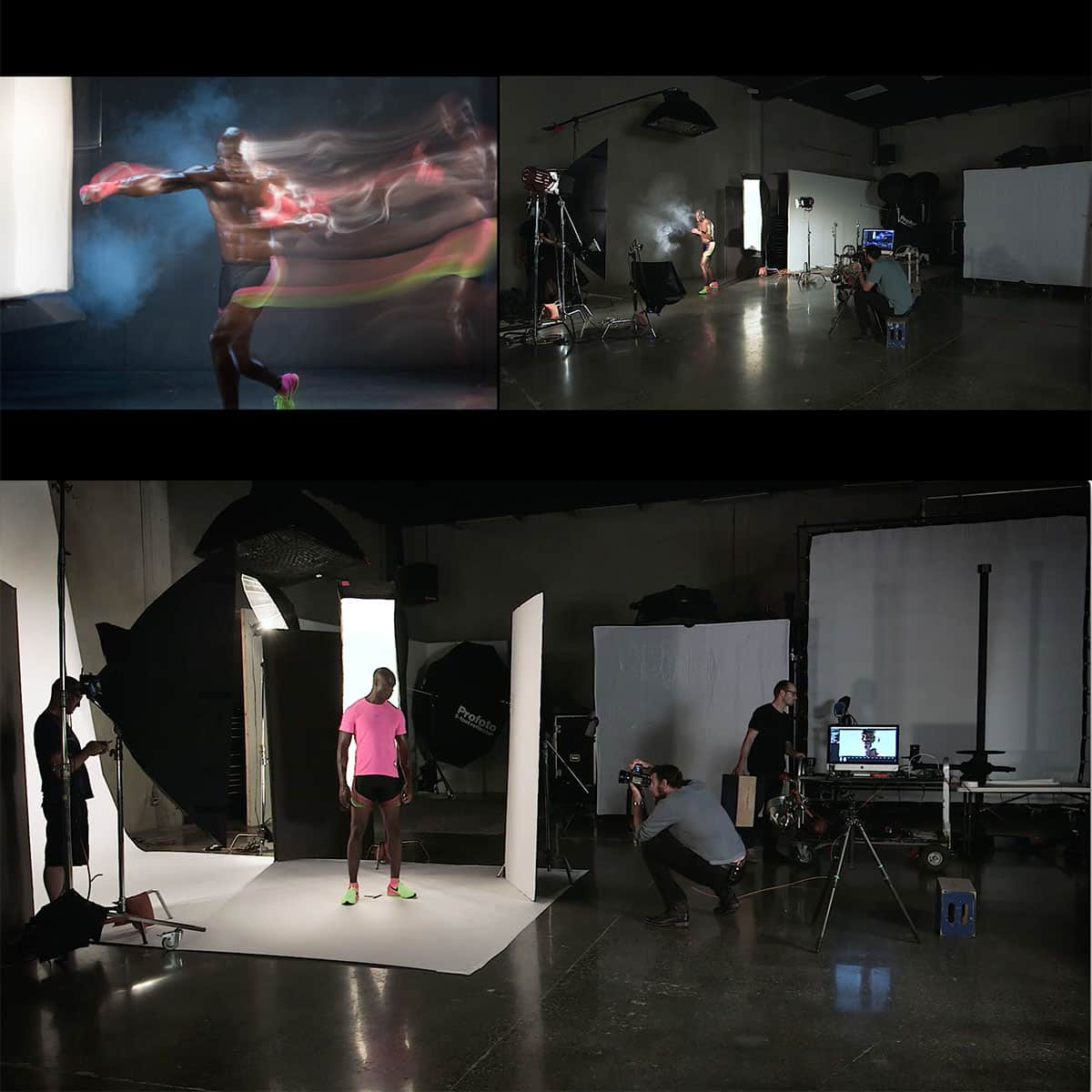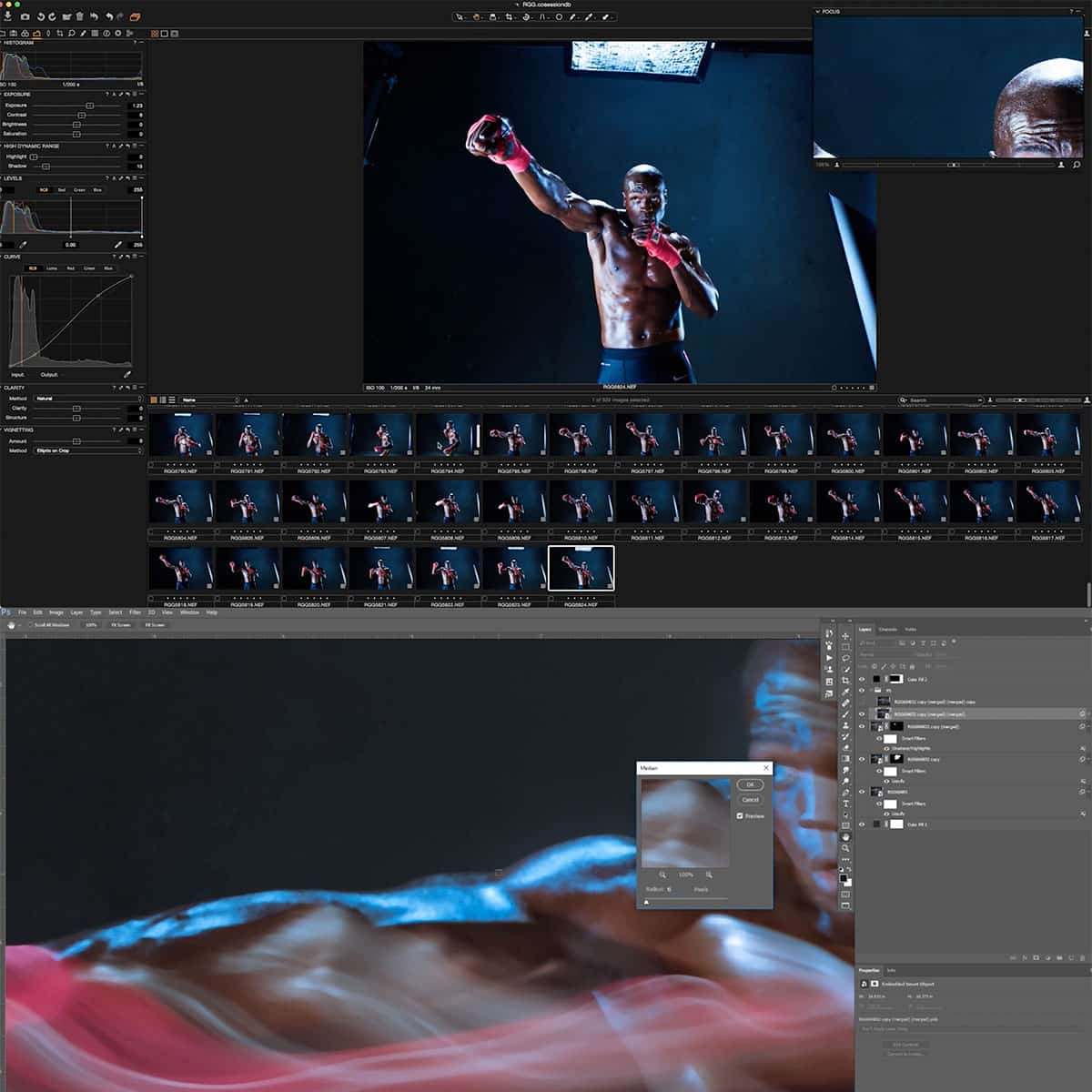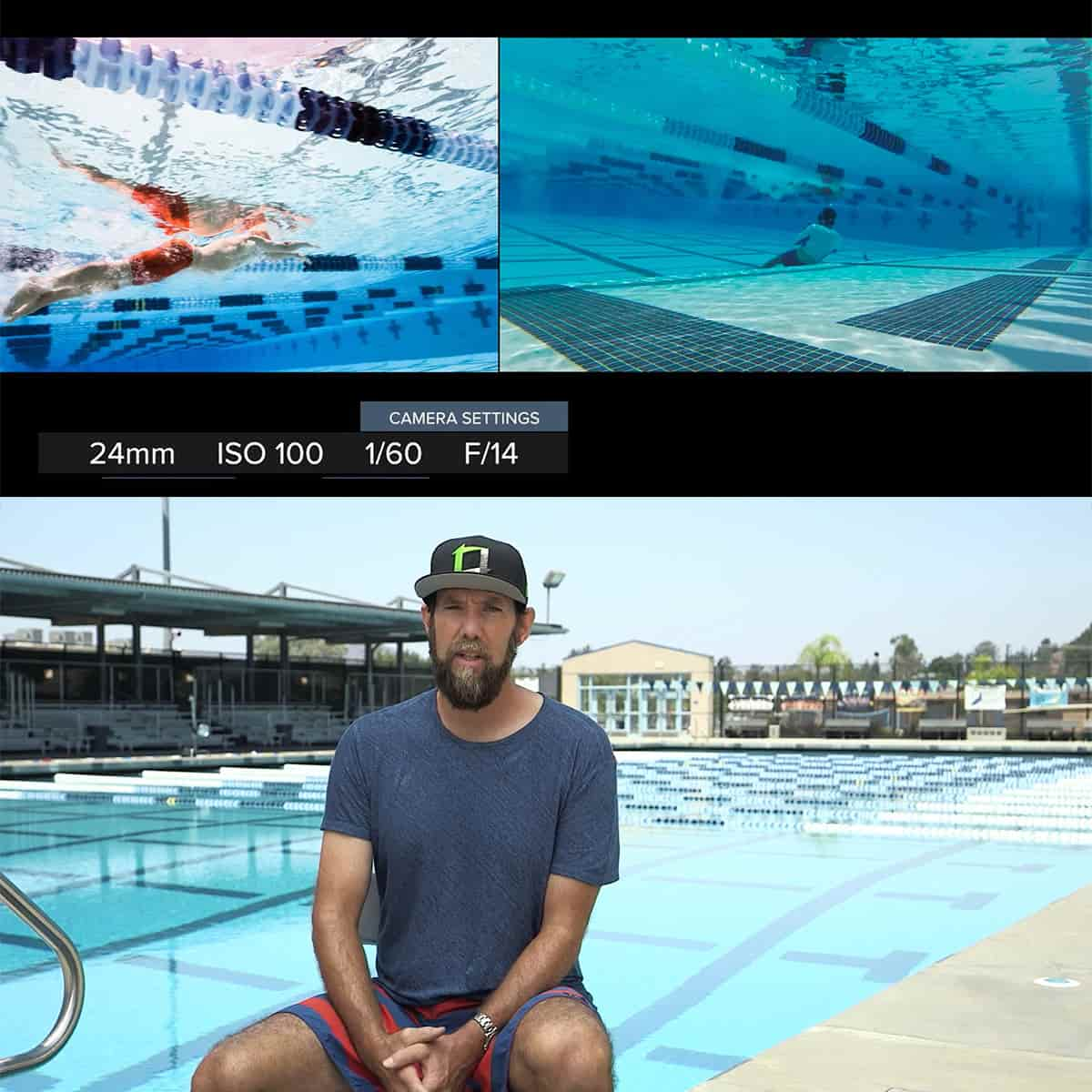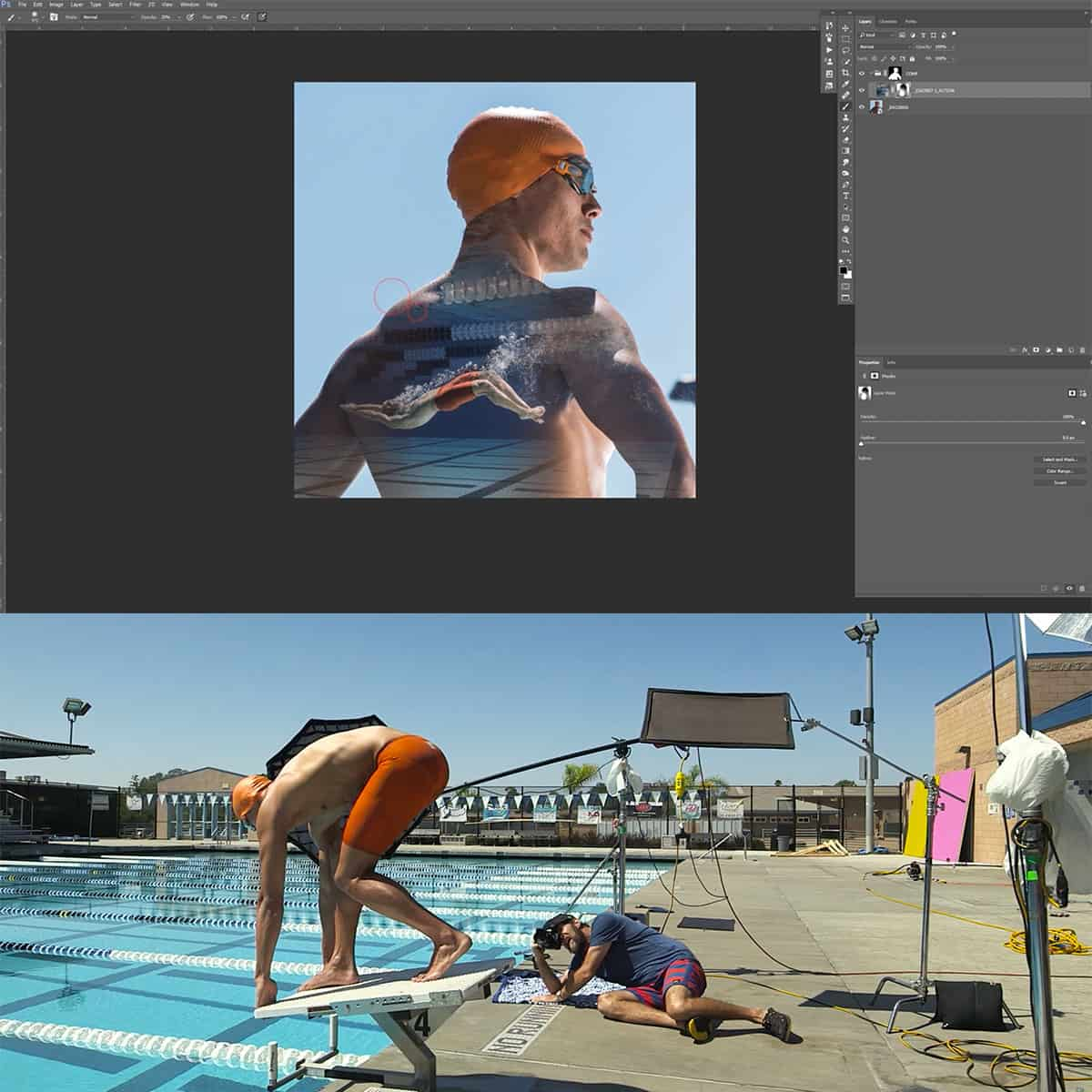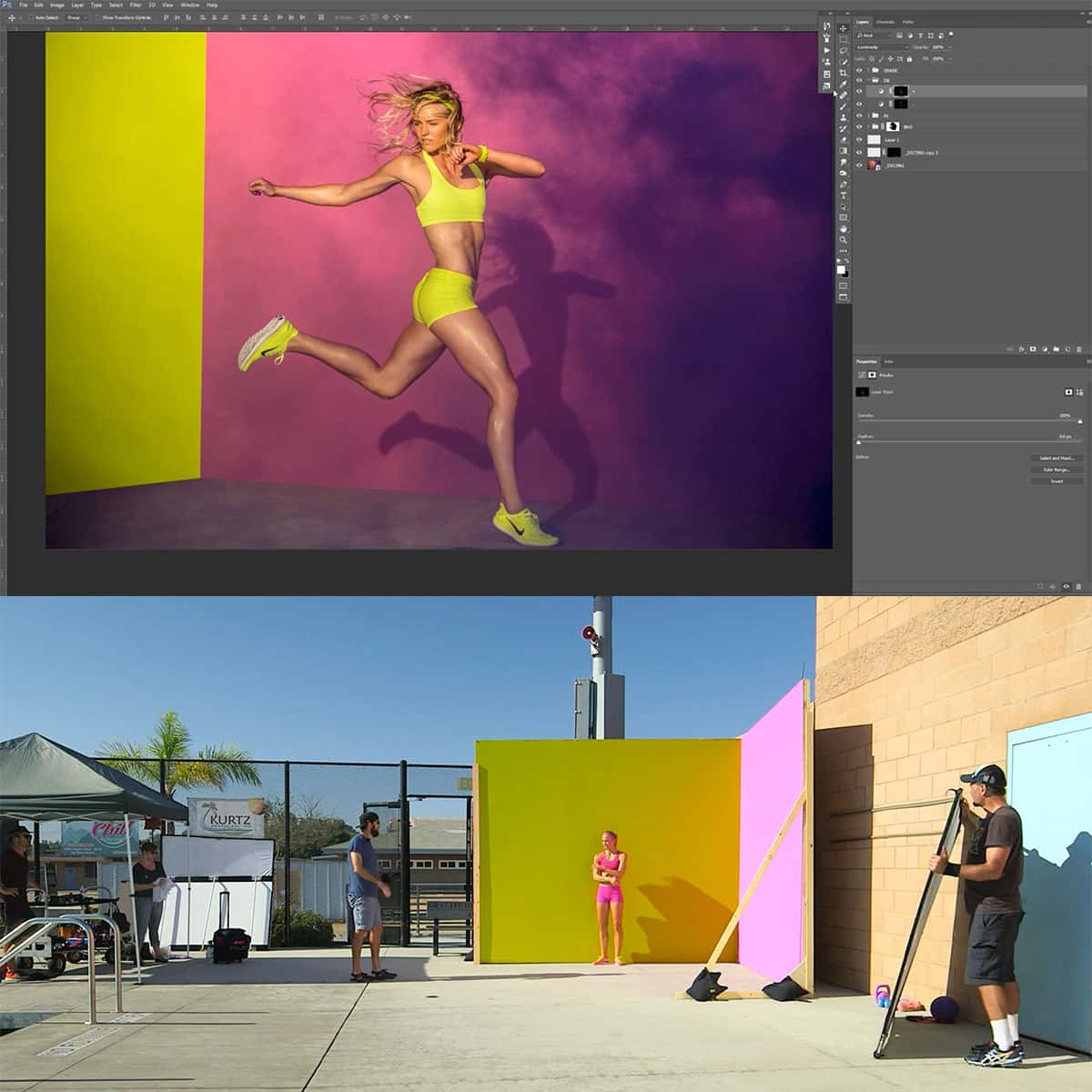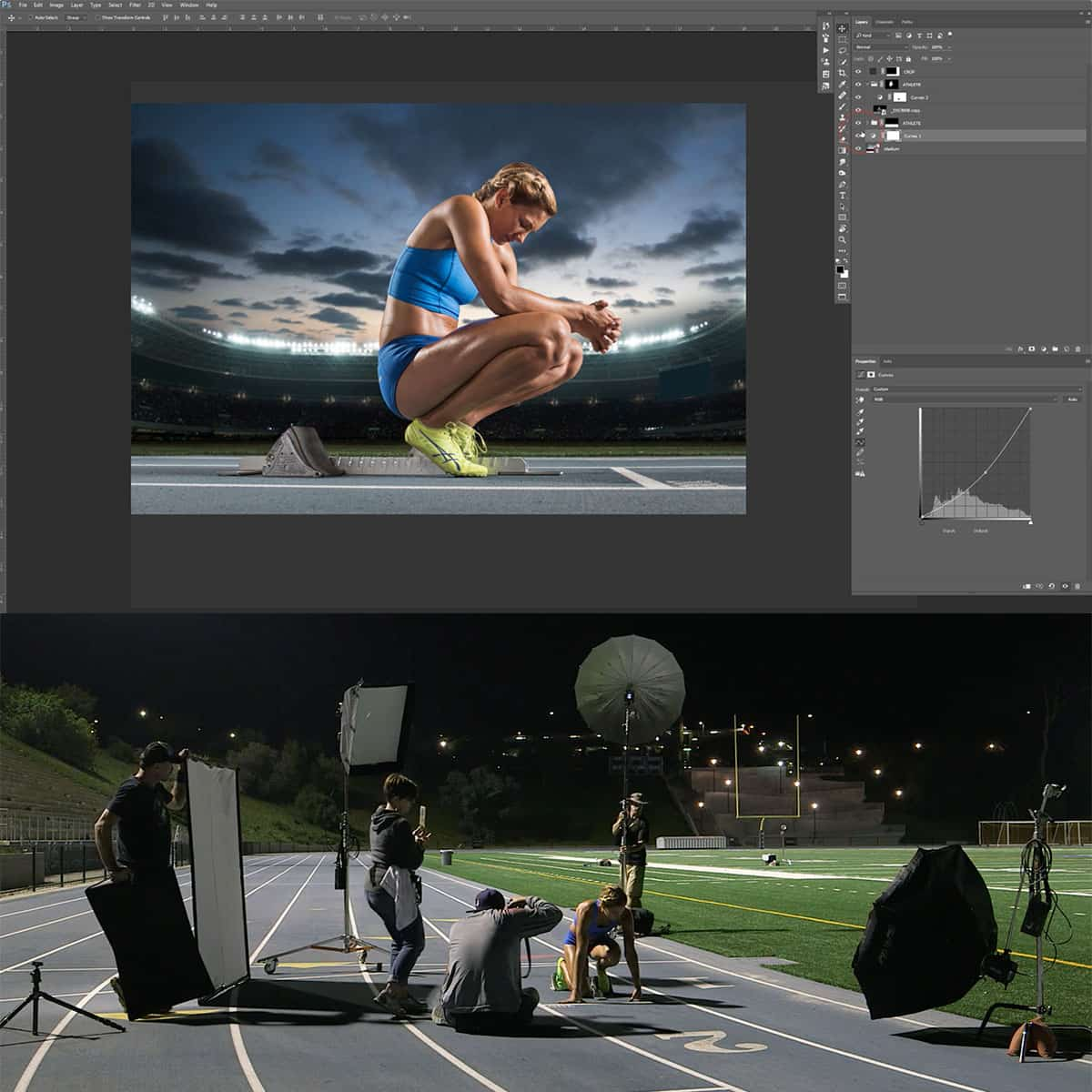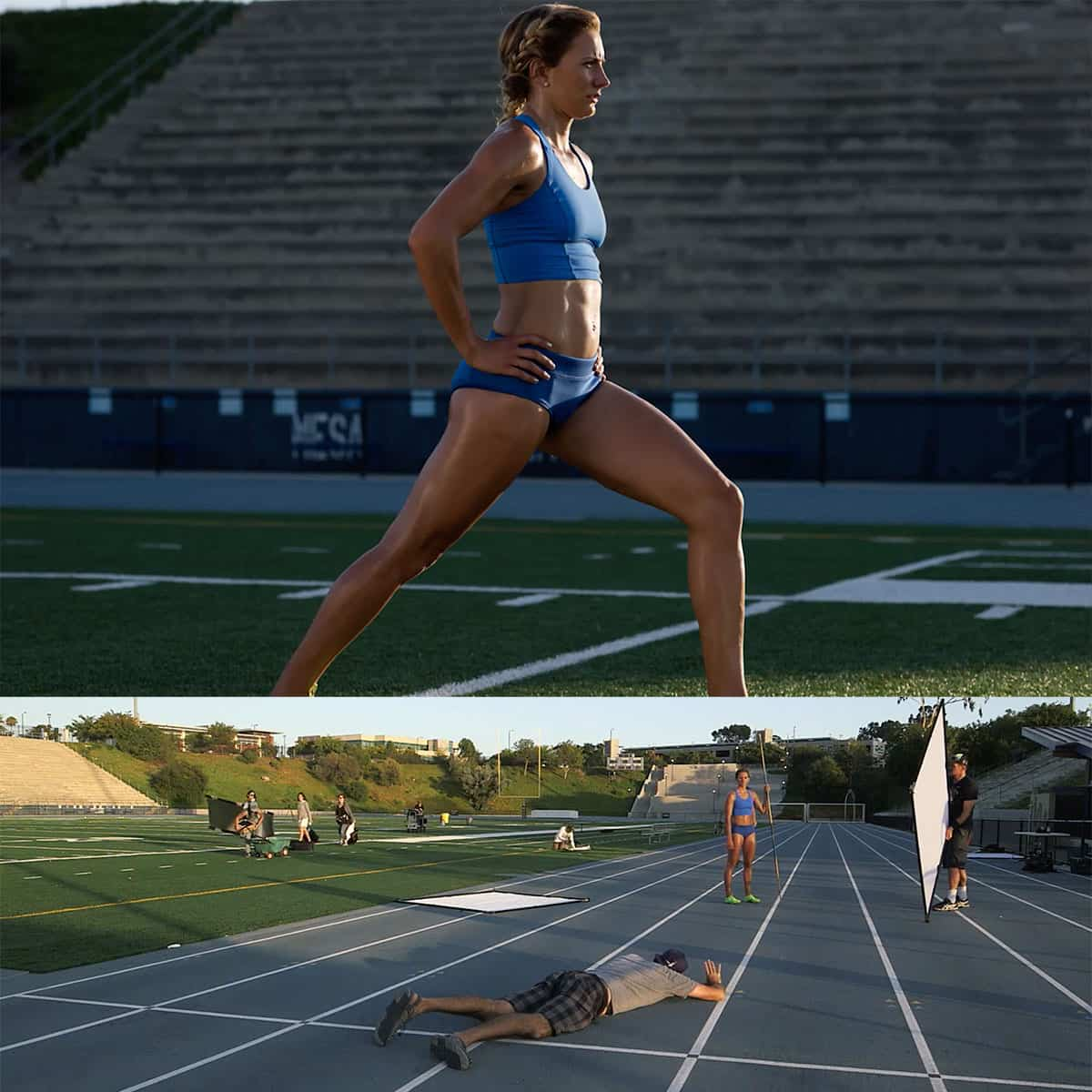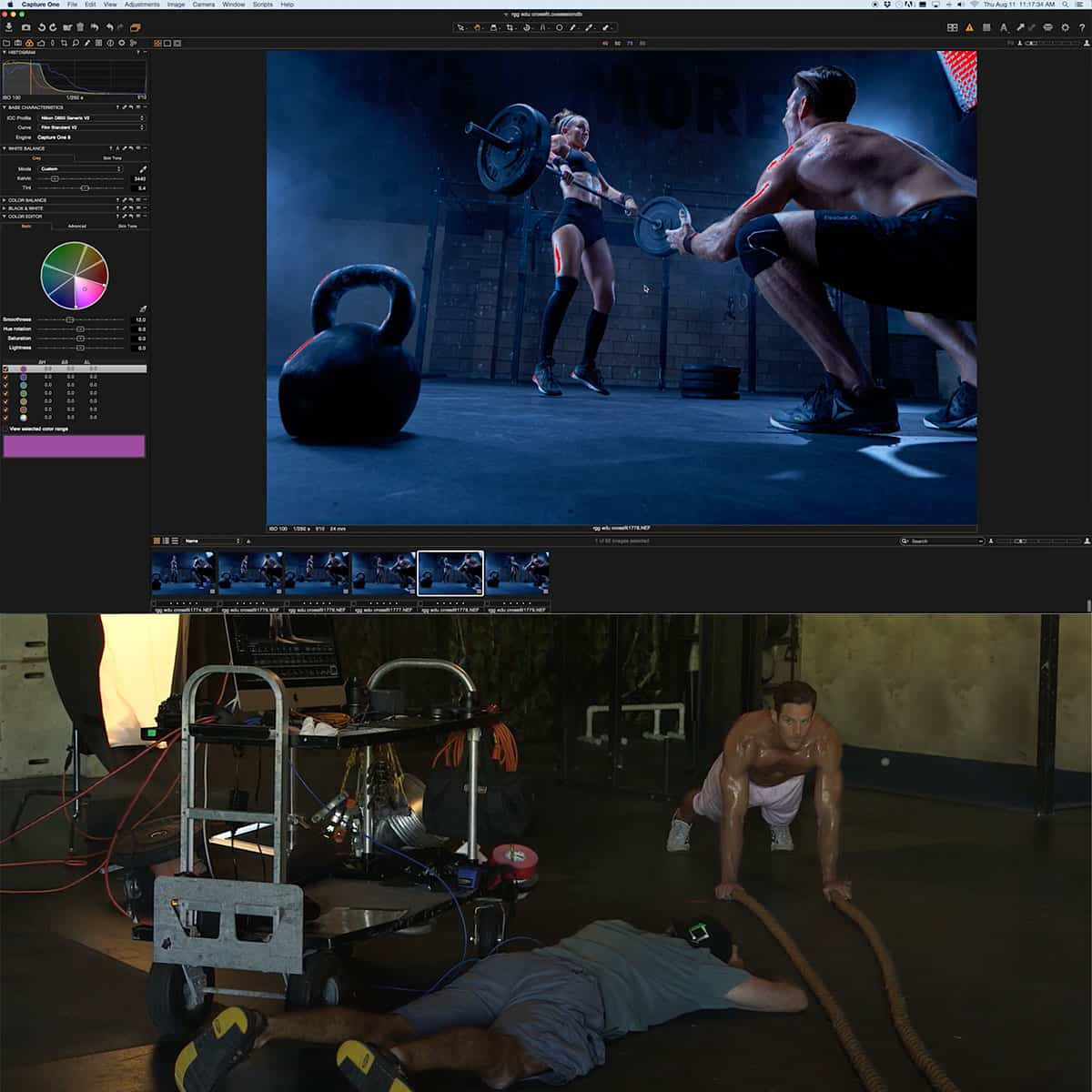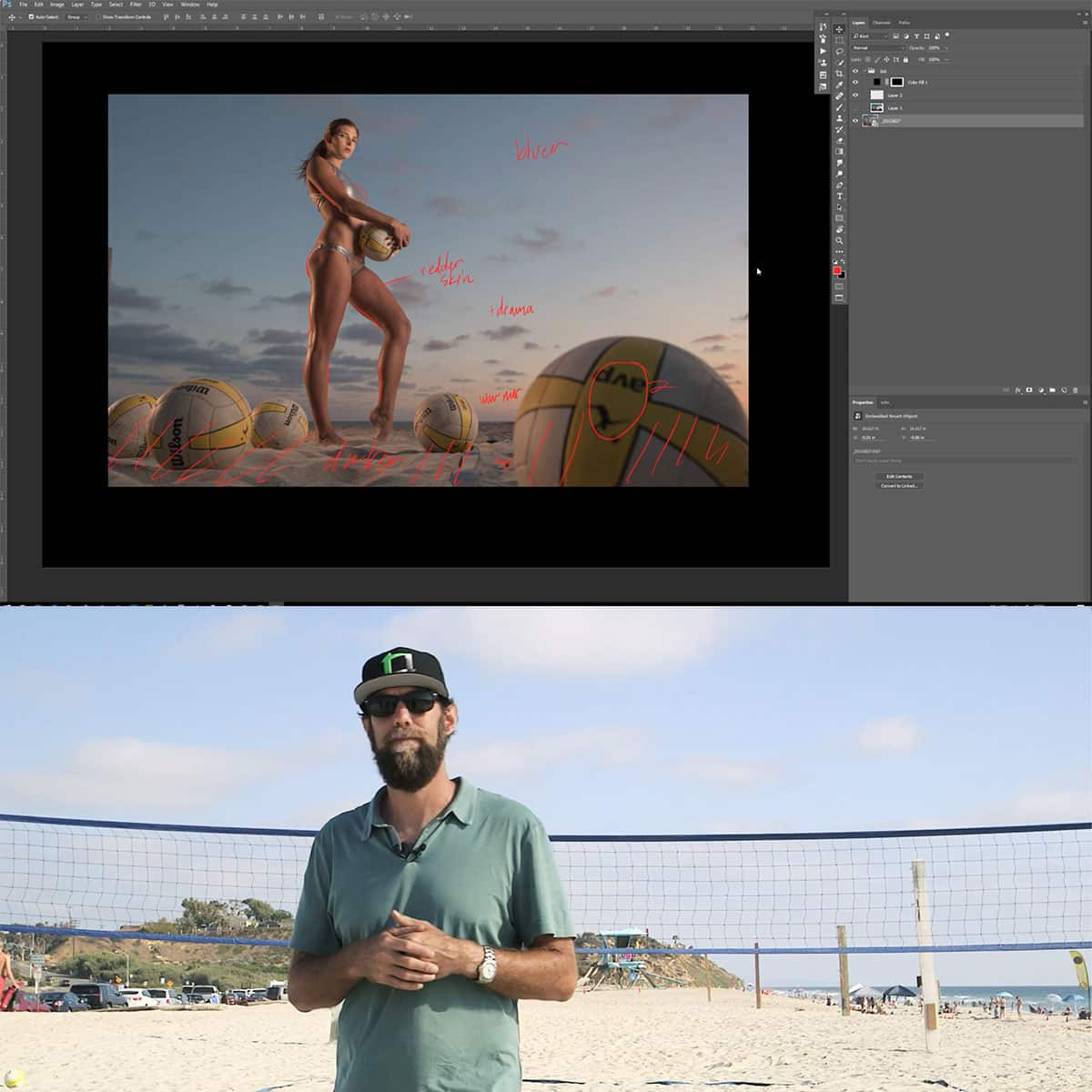Mastering Aperture Priority: A Beginner's Guide to Perfect Exposure
Mastering aperture priority can greatly enhance a photographer's ability to capture stunning images. Aperture priority mode gives you control over depth of field while the camera takes care of the shutter speed and, if you wish, ISO. By learning how to use this mode, you can quickly adapt to different shooting situations and achieve the desired level of creativity in your photographs.
Fundamentals of aperture are important to understand before delving into aperture priority mode. Aperture is the opening of your camera's lens that allows light to pass through and hit the sensor. It has a direct impact on your image's depth of field, which is the range of distance in your image that appears acceptably sharp.
Key Takeaways
- Aperture priority mode gives you control over depth of field while maintaining proper exposure.
- Understanding the fundamentals of aperture is crucial for mastering aperture priority mode.
- Mastering aperture priority can greatly benefit different types of photography and improve your creative control.
Fundamentals of Aperture
Aperture is one of the key elements in photography, as it directly impacts the amount of light that enters the camera. To better understand the concept, think of aperture like the iris of an eye: it controls how much light reaches the camera sensor, adjusting the depth of field and overall exposure. This parameter, along with shutter speed and ISO, contribute significantly to the process of taking a well-exposed photograph.
In basic terms, aperture is the size of the opening in the camera lens. It is generally measured in f-stops or f-numbers (e.g., f/2.8, f/4, f/5.6), with smaller f-numbers representing larger apertures, and vice versa. A larger aperture allows more light to enter the camera, resulting in a brighter image. However, it also alters the depth of field, which influences the focus of the photograph. Aperture priority mode, therefore, is fundamental for controlling the amount of light, as well as achieving desired results in terms of focus.
An essential aspect of mastering aperture is understanding how it relates to the other two elements of the exposure triangle: shutter speed and ISO. Shutter speed controls the duration for which the camera sensor is exposed to light, while ISO refers to the sensor's sensitivity. When using aperture priority mode, the camera will automatically adjust the shutter speed based on the selected aperture and ISO settings, allowing you to capture well-exposed images while maintaining creative control over the depth of field.
Ultimately, understanding and implementing aperture priority mode in your photography enables you to create more interesting and dynamic images. So, don't hesitate to experiment with different aperture settings, and remember: practice makes perfect!
Understanding Aperture Priority
Aperture priority, often abbreviated as A or Av on cameras, is a semi-automatic mode that lets us control the aperture while the camera automatically adjusts the shutter speed to maintain a correct exposure. Using aperture priority mode allows us to have more creative control over the depth of field in our images compared to using auto mode.
In photography, aperture refers to the size of the opening in the lens that determines how much light enters the camera. A larger aperture (represented by a lower f-number) lets in more light, resulting in a shallower depth of field. This is excellent for creating a smooth bokeh effect in your photos. On the other hand, a smaller aperture (higher f-number) lets in less light and increases the depth of field, keeping more elements in focus.
When using aperture priority mode, it's essential to also keep an eye on the ISO setting, as it determines the camera's sensitivity to light. A higher ISO allows for faster shutter speeds in low light situations, although it may introduce more noise into your images. Balancing aperture, shutter speed, and ISO is key to achieving the desired exposure and creative effects in your photographs.
While aperture priority mode offers more control than auto mode, there are other modes to explore as well, such as shutter priority mode and manual mode. Shutter priority mode allows you to set the desired shutter speed while the camera automatically adjusts the aperture, making it suitable for capturing motion or creating motion blur effects. Manual mode provides full control over both aperture and shutter speed, giving experienced photographers the most creative freedom.
By understanding and utilizing aperture priority mode in our photography, we can take our images to the next level and further develop our skills as photographers. Experimenting with aperture settings and observing the resulting effects on depth of field is a crucial step in mastering this versatile mode.
Impact of Aperture on Image
The aperture of a camera lens controls the amount of light that enters the camera by adjusting the size of the lens opening. This is measured in f-stops (e.g., f/2.8, f/4, f/5.6, etc.), with lower numbers corresponding to a larger aperture and higher numbers to a smaller aperture. The aperture directly impacts two main aspects of an image: light intake and depth of field.
By changing the aperture, we manipulate the depth of field in our images. A wider aperture (lower f-stop) produces a shallower depth of field, causing the focused subject to stand out against a blurred background, known as bokeh. On the other hand, a narrower aperture (higher f-stop) creates a deeper depth of field, resulting in more elements in an image being in focus.
Here are some important points to keep in mind while using aperture settings:
-
Wider aperture (low f-stop value):
- Allows more light into the camera, resulting in a brighter image.
- Produces a shallower depth of field and greater bokeh effect.
-
Narrower aperture (high f-stop value):
- Allows less light into the camera, resulting in a darker image.
- Produces a deeper depth of field, with more elements in focus.
In aperture priority mode, our camera will automatically select the shutter speed based on the aperture we choose, allowing us to focus on the creative aspects of our images. By understanding and experimenting with aperture settings, we can create stunning photos with the desired balance of light, depth of field, and bokeh effects.
Mastering Aperture Priority
When mastering aperture priority as a photographer, one of the first steps is understanding the camera settings. In aperture priority mode, we control the aperture (f-number) while the camera adjusts the shutter speed, allowing us to focus on the artistic aspects of our photographs and control depth of field.
By learning this shooting mode, we have more creative control over our images, as it allows us to manipulate the exposure parameters such as depth of field. This is achieved by using different f-numbers to change the amount of light entering the camera, resulting in different levels of background blur or sharpness.
Using exposure compensation is also important in aperture priority mode, as it helps correct the camera's automatic decisions. With exposure compensation, we can adjust the brightness of the image, making it brighter or darker based on our artistic vision. This function comes in handy when the camera's automatic exposure adjustments don't produce the desired outcome.
To sum up, mastering aperture priority requires a good understanding of the f-number, exposure parameters, and exposure compensation. This combination gives us the ability to create images with a rich depth of field or blurred backgrounds, depending on our artistic goals. The more we practice and experiment with aperture priority mode, the better equipped we'll be to handle various shooting situations and produce captivating images.
Exploring Different Types of Photography
As we dive into mastering aperture priority, it's essential to understand how it applies to various types of photography. In this section, we will briefly discuss the importance of aperture adjustments in portrait, landscape, and macro photography.
Portrait photography focuses on capturing the essence of an individual or group of people. In this genre, it's crucial to find the right aperture values that isolate the subject while giving a pleasing background blur, known as bokeh. Wide apertures can help create this effect, drawing attention to the subject and separating them from the background.
On the other hand, landscape photography aims to capture the beauty of vast spaces, often with a large depth of field in focus. Adjusting the aperture in landscape photography is essential to achieve sharpness across a wide area. Smaller apertures are generally used for in-depth details in landscape photography.
Macro photography is all about capturing minute details up close, mostly of small objects or subjects such as insects or raindrops. In macro photography, a shallow depth of field can emphasize textures and details, while a greater depth of field can present the entire subject in focus. Choosing the right aperture settings plays a significant role in determining the final outcome of the macro shot.
No matter the type of photography, having a solid understanding of aperture priority and using it effectively can help you achieve the desired results. Experimenting with aperture settings can lead to creative and visually stunning photographs.
Aperture Priority: Tips and Tricks
To help beginning photographers master aperture priority mode, we've compiled a list of tips and tricks. They apply to most DSLR cameras, including popular brands like Nikon and Canon.
1. Use a tripod in low-light situations: Using a tripod can help prevent camera shake and ensure sharp images when shooting in aperture priority mode, especially during low-light situations.
2. Learn your camera's aperture range: Familiarize yourself with the aperture range of your specific camera model. This knowledge will help you effectively use aperture priority mode to create the desired depth of field and exposure.
3. Adjust ISO as needed: In some cases, even with optimal aperture and shutter speed settings, the image may still be too dark or too bright. Adjust your camera's ISO to help achieve proper exposure.
- Tip: Higher ISO values might introduce noise to your images. Use the lowest possible value while maintaining proper exposure.
4. Use a 'cheat sheet' for quick reference: Keep a quick reference guide containing your camera's aperture range and other important settings handy. This can help you make informed decisions on the go.
5. Know when to switch modes: Some situations, for example, when capturing fast-moving subjects, might require you to switch from aperture priority to another mode like shutter priority. Recognizing these instances will help you produce better results.
By following these tips and tricks, we are confident that you can improve your photography skills, no matter which camera brand or model you choose to work with.
Frequently Asked Questions
What are the benefits of using aperture priority mode?
Aperture priority mode allows us to control the depth of field while letting the camera automatically adjust shutter speed. This helps achieve creative effects in our photography, such as blurred backgrounds or sharp foregrounds, without worrying about incorrect exposure.
How does aperture priority mode affect depth of field?
When using aperture priority mode, we control the aperture or f-stop value. By choosing a lower f-stop value (larger aperture), we achieve a shallower depth of field, which blurs the background while keeping the subject in focus. Conversely, a higher f-stop value (smaller aperture) results in a larger depth of field, keeping more elements sharp within the frame.
How can aperture priority mode improve my photography?
Aperture priority mode gives us more creative control over our images. By mastering this mode, we can easily adapt to different shooting situations, create a sense of depth in our photos, and isolate our subjects from background distractions, resulting in more visually appealing images.
What are the different camera settings to consider in aperture priority mode?
In aperture priority mode, the main settings to consider are ISO and aperture. A higher ISO may be necessary in low-light situations, but it can increase noise. Adjusting the aperture affects depth of field, so experiment with different f-stop values to find the ideal balance for your desired effect.
How does aperture priority mode work in different lighting conditions?
In a well-lit environment, we can use a lower ISO and a smaller aperture for sharper images with minimal noise. For dimmer conditions, we might need to increase the ISO or use a wider aperture to allow more light in, while still maintaining a correct exposure.
What are some common mistakes to avoid when using aperture priority mode?
Common mistakes include not adjusting the ISO in conjunction with the aperture, leading to underexposed or noisy images. It's also essential to monitor the shutter speed displayed by the camera, as an extremely slow speed could result in unintentional motion blur. Regularly check the exposure and depth of field in the preview or through the viewfinder to ensure our desired effect is achieved.


